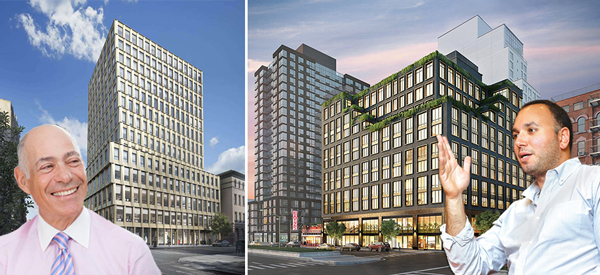Trending
Condo buyers in search of a deal turn to LES
Nine projects are in the works, with more on the horizon

Along with Yonah Schimmel’s Knish Bakery, buyers flocking to the Lower East Side are finding another relic of years past: relatively low prices.
Slow price growth is fueling a condo boom, with nine projects under development and more on the horizon, according to the Wall Street Journal. A key selling point for buyers is the relatively low prices, especially compared to Tribeca and Soho, which are still within walking distance.
The new projects include 150 Rivington, a 45-unit condo that Cogswell Lee Development is building at the site of a former matzo factory, along with Taconic Investment Partners’ 242 Broome Street, with 55 units, and Magnum Real Estate’s 94-unit condo at 196 Orchard Street.
Appraiser Jonathan Miller said the Lower East Side “is one of the last value plays left in Manhattan,” thanks to prices that have grown slower than other Downtown neighborhoods in recent years.
These days, new condos in the area are fetching north of $2,000 per square foot, which works out to about $1.4 million for a 700-square-foot apartment. But Compass President Leonard Steinberg, who is marketing 196 Orchard, said investors are still able to capture significant returns. The building, next to Katz’s Delicatessen, will house a two-level Equinox gym at its base. Prices start under $1 million.
In a nod to the neighborhood’s value play, some developers are intentionally keeping units on the smaller side. At Extell Development’s One Manhattan Square, for example, 47 percent of the 815 condos are one bedrooms. Developer Gary Barnett said the idea is to cap price points and carrying costs.
Developers say buyers also appreciate neighborhood’s character. “There is a real grittiness and history,” said Cogswell CEO Arthur Stern, speaking at a panel earlier this year. “People appreciate that. A lot of New York has become the opposite of that now.” [WSJ] — E.B. Solomont




